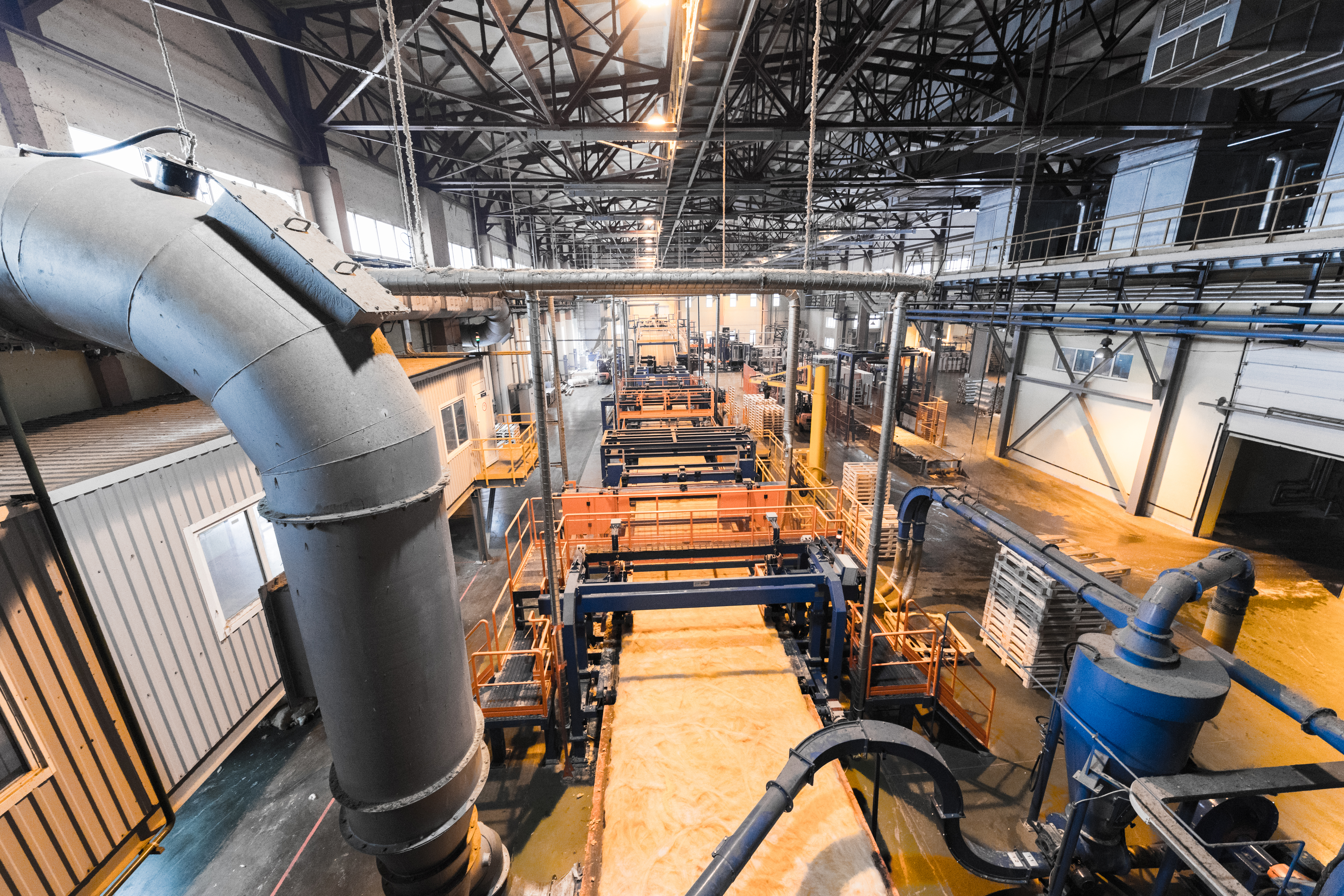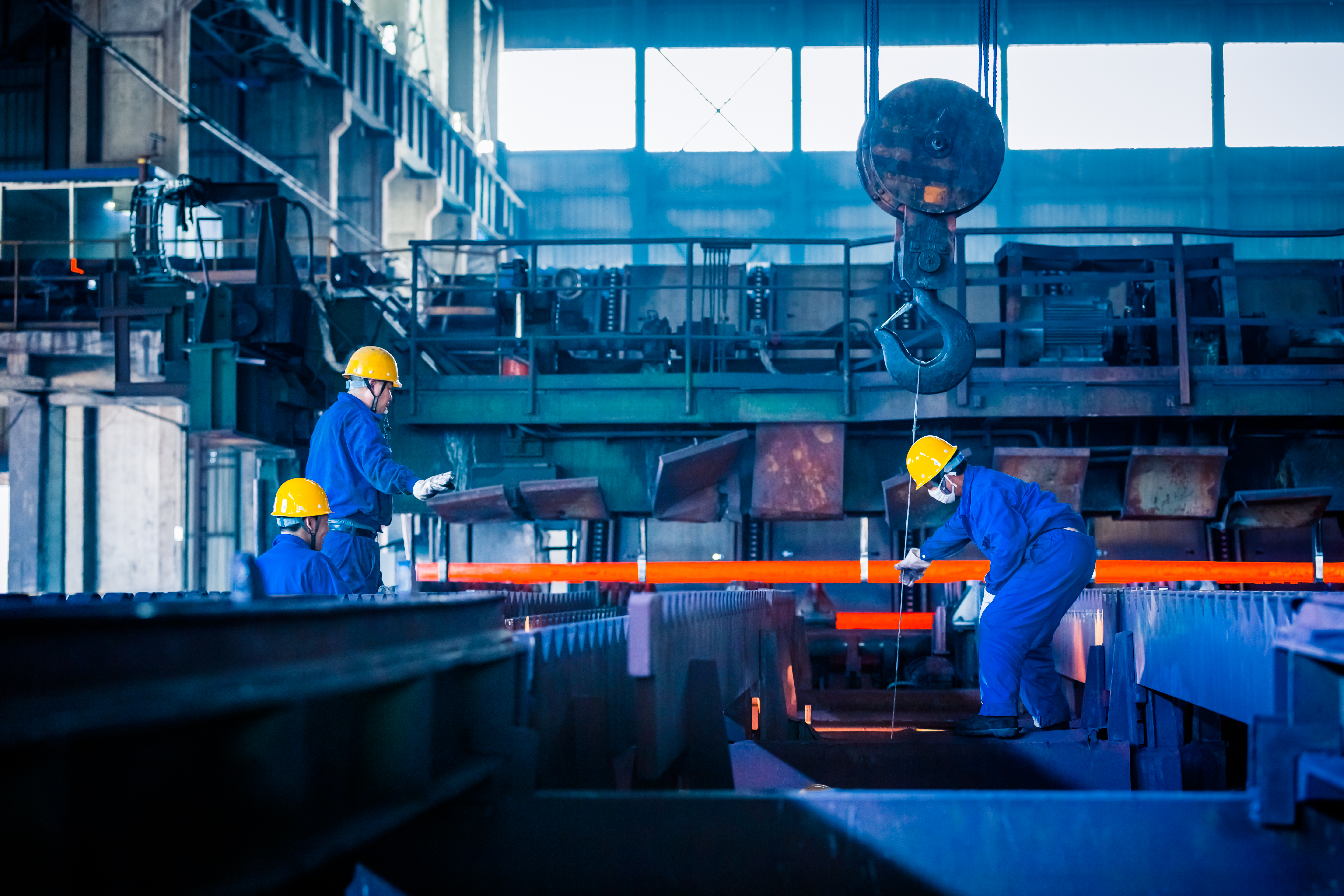The Evolution and Importance of Pigging Systems in Modern Industries
In the contemporary industrial landscape, pigging systems have emerged as a pivotal technology, especially in sectors like oil and gas, chemicals, and notably, the food industry. The term “pigging” refers to the process of using devices known as “pigs” to perform various maintenance operations inside pipelines such as cleaning, inspection, and product separation. These systems play a crucial role in enhancing operational efficiency, ensuring product quality, and promoting environmental sustainability. This essay delves into the evolution, components, benefits, and applications of pigging systems, with a special focus on their significance in the food industry.
Historical Context and Evolution
The concept of pigging originated in the oil and gas sector in the early 20th century. Initially, it was a rudimentary method involving the use of leather-bound bundles to clean or inspect pipelines. Over the decades, technological advancements have led to the development of sophisticated pigs capable of performing a wide range of tasks, from simple cleaning to complex inspections using ultrasonic or magnetic sensors. Today, pigging technology has been adopted across various industries, evolving to meet specific operational needs and standards.
Key Components of Pigging Systems
A modern pigging system comprises several key components:
1. The Pig: This is the heart of the pigging system, designed to travel through pipelines. Depending on their function, pigs can be foam-based for cleaning, solid for product recovery, or intelligent (smart pigs) for inspection.
2. Launcher and Receiver Units: These are installed at specific points along the pipeline to introduce the pig into the system (launcher) and retrieve it after its journey (receiver).
3. Pipeline Design: For a pigging system to be effective, pipelines must be designed or modified to accommodate pigs, including straight sections and bends with appropriate radii.
4. Control System: An essential component that manages the pigging process, ensuring the pig is launched, travels, and is received as intended.

Pigging systems offer a multitude of benefits
Efficiency and Product Recovery: They minimize product loss by recovering products from pipelines that would otherwise be flushed away during changeovers or cleaning processes.
Operational Safety: By keeping pipelines clean and free of obstructions, reduce the risk of pipeline blockages and leaks, enhancing operational safety.
Environmental Impact: Reducing product waste and the need for extensive cleaning chemicals, pigging systems contribute to more sustainable production processes.
Cost Savings: By improving product recovery, reducing cleaning costs, and minimizing downtime, pigging systems offer significant financial benefits.
Pigging Systems in the Food Industry
In the food industry, pigging systems are particularly valuable due to the sector’s high standards for hygiene, product quality, and waste reduction. They are used to:
Ensure Product Purity: By removing contaminants from pipelines, pigging systems help maintain the purity and quality of food products.
Reduce Cross-Contamination: By efficiently clearing pipelines between product batches, they minimize the risk of cross-contamination.
Enhance Productivity: Food manufacturers can achieve faster changeovers and reduced downtime, leading to higher productivity levels.
Achieve Sustainability Goals: By minimizing product waste and reducing the use of water and cleaning chemicals, pigging systems support the industry’s sustainability efforts.
Conclusion
The evolution of pigging systems from simple cleaning tools to complex, multi-functional technologies reflects their growing importance in modern industrial operations. In the food industry, especially, the implementation of pigging systems represents a commitment to operational excellence, product quality, and environmental stewardship. As industries continue to face challenges related to efficiency, safety, and sustainability, the role of pigging systems is set to become even more critical, driving innovations that will further revolutionize pipeline maintenance and product recovery processes. Whether for small-scale food processors or multinational corporations, the adoption of pigging technology offers a clear path to achieving operational goals while meeting the highest standards of quality and safety.

